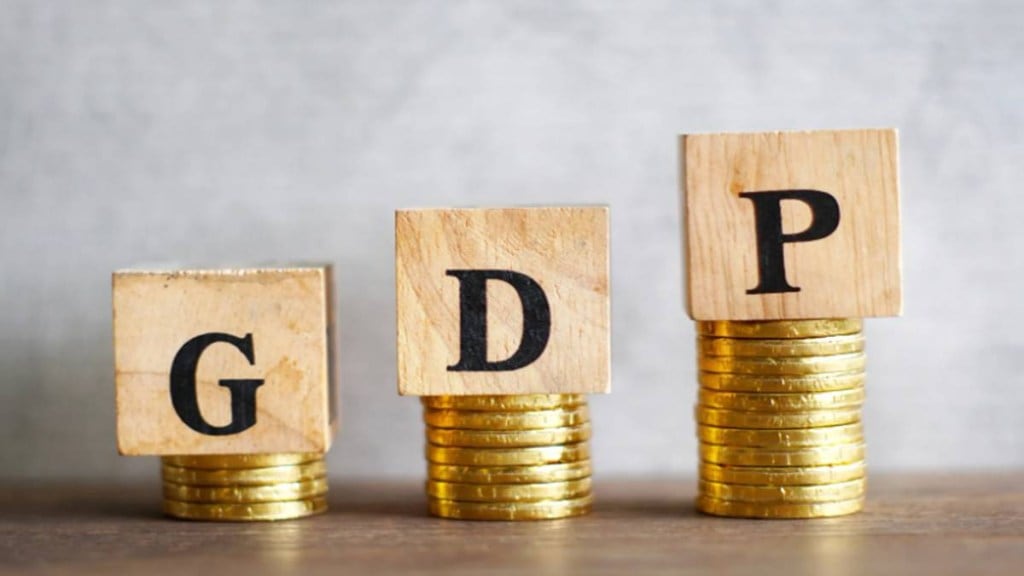The government’s frontloading of investments was a key driver of stronger-than-expected economic growth in the April–June quarter, with the impact amplified by the low base of the previous financial year.
The April–June quarter of last year coincided with the general elections. With the Model Code of Conduct in force, no new projects could be taken up. In addition, much of the government staff and officials were engaged in the election process, delaying routine clearances. As a result, last year’s low base magnified this year’s growth, with central government capital expenditure rising 52% year-on-year to ₹2.75 lakh crore in April–June.
Investment demand is the main driving factor
“From the demand side, the investment demand remained the key driving factor. The capex by the union and 25 state governments increased 33.3% yoy during April-June, highest since October-December quarter of last financial year, due to a low base effect. In April-June last year the government capital expenditure had contracted 31.1% y-o-y,” said Paras Jasrai, associate director at India Ratings.
Frontloaded spending lifted investment growth to 7.8% y-o-y in April–June, compared to 6.7% a year earlier, said Radhika Rao, senior economist at DBS Bank. On the supply side, public administration — including defence and other services — rose 9.8% y-o-y, up from 9% in the same period last year, she added.
The private sector also showed signs of momentum, with capital goods output growing 9.8% in April–June — the highest since the January–March quarter of FY23. “It is vital that the general government maintains the capex momentum and frontloads their capex plans (like in FY24) in view of the unprecedented volatility and uncertainty in the global economic environment. This will provide the much-needed support to the weak investment profile,” Jasrai noted.
Consumption demand also broadened in the first quarter of the current fiscal. Private consumption growth improved to 7.0% y-o-y in April–June, compared to a five-quarter low of 6.0% in the January–March period of the previous year.
Rural growth takes the lead in volume growth
The rural areas continued to outpace the urban areas in volume growth for six consecutive quarters. However, the gap in volume growth is narrowing. In addition, the sharp jump in imports also points to pick up in spending done by the upper end income strata. This was facilitated by a significant pick up in real wage growth of the formal sector (private non-financial corporates), which stood at an eight-quarter high of 7.4% y-o-y in April-June.
Even the rural real wage growth (for agriculture) remained positive for the fourth straight quarter April-June. In fact, it averaged 5.7% y-o-y (April-May 2025 as per the latest data) at a new high since when the data is available.
Overall, the personal consumption demand has held up well due to the gradual catchup and recovery in the income growth at a broader level which is correcting the skewness in consumption demand, Jasrai said.

